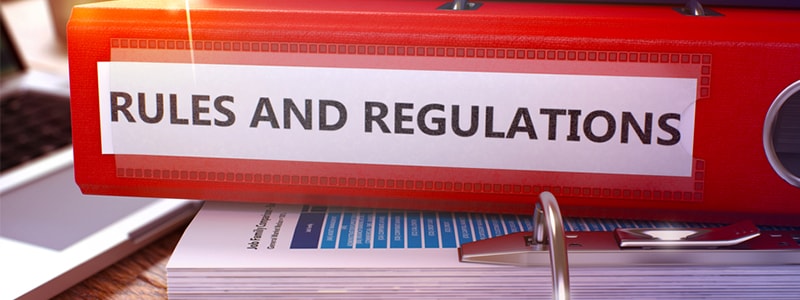
Why You Need To Know About EWC And SIC Codes
18th Apr, 2017
Our latest article in our series on waste transfer notes deals with EWC and SIC codes. To recap quickly on WTNs, they’re a legal requirement that helps the government keep track of where waste is going, helping them to cut down on fly-tipping and other unsavoury activities. EWC and SIC codes are essential parts of a waste transfer note, but not everyone is totally familiar with them. Bear with us, and at Skip Hire Network we’ll enlighten you.
What Is An EWC Code?

First of all, it’s important to get something straight, because we often see people getting confused when hiring a skip. EWC stands for European Waste Catalogue Codes, and they’re represented in UK law by the List of Waste regulations. What we’re trying to say is that an EWC and a LOW code refer to the same thing. It’s a list of shorthand descriptions that classify waste into certain categories, helping readers to identify the type of waste at a glance. You can think of it like a shortcut to help officials work out what your waste is, and therefore where it should end up.
An EWC isn’t really general knowledge for a lot of companies, and that’s no surprise really – there are 650 codes divided into 20 chapters, each of which contains subcategories. It’s not hard to look up the relevant EWC code online, as lots of websites have options that allow you to simply start typing what sort of waste it is, and they’ll retrieve the relevant code for you.
On the other hand, sometimes it might require a bit of hunting on your part – but at Skip Hire Network, we’ll need it to fill out the waste transfer note before we can take your waste away, and we’re far from the exception! The good news is that it’s usually not that tricky to find – the whole system has been designed to be as easy as possible for users, so unless you have some exceptionally rare type of waste product (often unlikely), you probably won’t have too much trouble with the EWC Code.
What Is An SIC 2007 Code?

SIC stands for Standard Industrial Classification. An easy way to think of it is this: an EWC code helps officials to identify your waste, while a SIC 2007 code helps them to identify your business. With this, they can work out what sort of business activity produced the waste, which ultimately can end up informing a number of decisions, for example new government policies. (SIC Codes have a whole bunch of other uses, but in the skip hire business the waste processing aspect is the one we’re really concerned with.)
In case you’re thinking “wait, I have not the faintest what my SIC code is”, then don’t worry! Not that many people do, which is why Companies House has a search database for you to be able to find yours. You might be surprised at how specific it gets, so you can just type in your trade and then start narrowing it down until you end up with your very own SIC 2007 code.
Do I Need This Stuff To Hire A Skip?
You need them to fill out a waste transfer note, which is an essential part of the skip hire process. Basically, it’s a legal document that proves we’re both doing our jobs properly – us by responsibly disposing of your waste, and you by declaring that you’re formally handing it all over to us.
Responsibility is what we’re all about here at Skip Hire Network. We process your waste to make sure that absolutely nothing goes to waste if we can help it, which means that we save on unnecessary landfill. That’s good news for everyone! Click here for other reasons to choose us, or just go straight to our homepage to enter your details and get the skip hire process kickstarted today.
Don’t forget to follow us on Twitter: @SkipHireNetwork